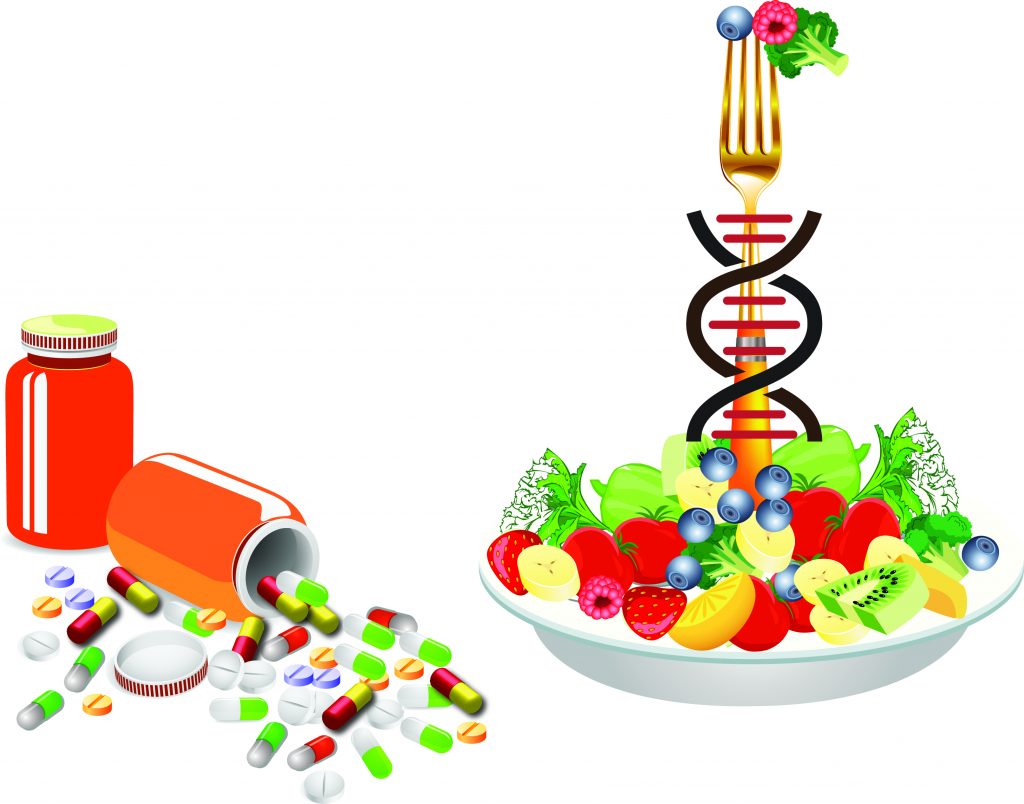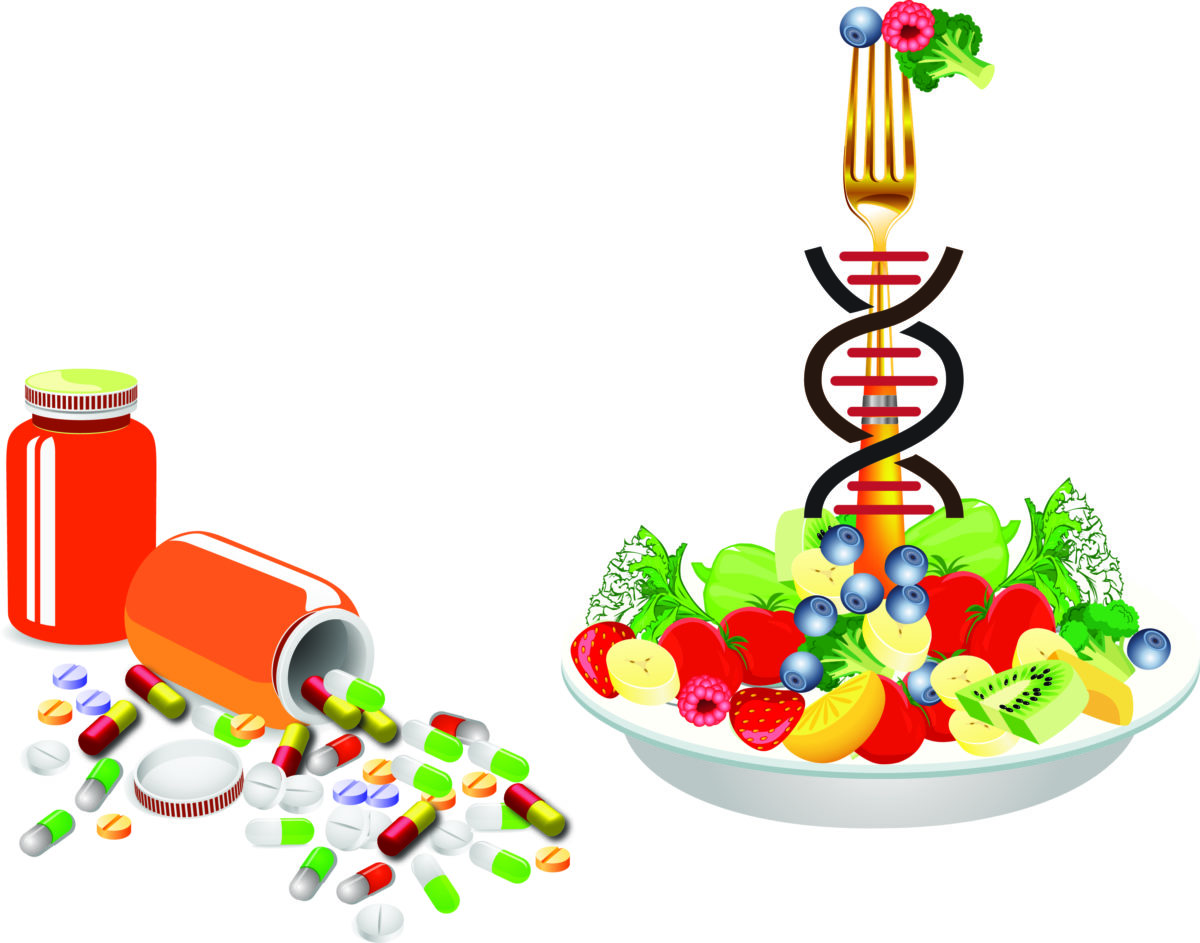By Jaya Joshi

Every morning, more than half the American population takes a multivitamin in the belief that the pharmaceutical industry has boiled down the benefits of bananas, sweet potatoes, broccoli and tomatoes into a pill.
According to the National Health and Nutrition Examination Survey program, 10 percent of Americans rely on five or more supplements of some kind for vitamins and minerals, and Americans spent around $30 billion on vitamins and supplements in 2015. Is this vitamin pill strategy an effective and economical solution for vitamin and mineral deficiencies? The answer is no!
Over two billion people around the world, even Americans, still suffer from the “hidden hunger” of these deficiencies. It is estimated that about 50 percent of American children do not get the Food and Drug Administration’s (FDA) recommended daily intake of the most important vitamins and minerals. This problem is far worse in poorer countries. For example, 64 percent of the people in parts of Uganda suffer from vitamin B6 deficiency.
Is there a solution to supplement our diet apart from buying vitamin and mineral pills? The answer is yes. Biofortification is the solution.
Biofortification improves the nutritional quality of food crops using agronomic practices, plant breeding or biotechnology. Biofortification aims to improve the nutritional quality of food and therefore benefit public health.
The HarvestPlus organization is focusing on increasing vitamin and mineral contents of rice, cassava, potatoes and other staple crops. Among vegetables, potatoes are a fair source of folate, with 1 kilogram (seven servings) providing 100 percent of the recommended daily allowance (RDA). But would anyone want to consume seven servings of potato a day, even assuming they can grow or buy that many? Biofortification using biotechnology could be the solution. Increasing the expression of four folate synthesis genes in the potato tubers boosted folate content 12-fold, so that a single serving provided more than the entire RDA of folate.
Biofortification of staple crops — and also vegetable and fruit crops — with vitamins and minerals is a simple, efficient and cost-effective way to improve human nutrition and health and to reduce reliance on pills.
SUCCESSFUL
EXAMPLES
A great example of biofortification and its success in developed and developing
countries is the orange-fleshed sweet potato (OFSP). OFSP is a rich source of
beta-carotene, which the body converts into vitamin A. OFSP varieties retain
over 80 percent of their beta-carotene after boiling, and just one serving (4.4
ounces) of OFSP is required to fulfill the RDA of vitamin A. In the Western world,
biofortified sweet potatoes are promoted as a superfood. In the past 15 years, consumption
of OFSP in the United States has risen by approximately 80 percent.
Florida, a major fruit-producing state, would stand to benefit by focusing on the biofortification of fruits and vegetables. Blueberries are not only a good source of antioxidants, but also a fairly good source of folate. There is a huge amount of genetic variation in folate content for breeding programs to make blueberries an even better folate source. Biofortified blueberries should be able to meet the FDA standard for labeling as a “good source” of folate, which would be a big plus for marketing.
A new biotechnology tool to supplement conventional breeding approaches is gene editing (specifically by an approach known as CRISPR). After the success of biofortified Golden Rice, various success stories followed. Golden Banana, a biofortified banana with increased pro-vitamin A content was released under the Banana21 project. The biofortified banana was developed by using a genetic modification approach since banana is very difficult to breed conventionally. These non-conventional approaches can bring the biofortified food to market in a very economical and timely manner.
SLOW ACCEPTANCE
Though researchers have released more than 150 biofortified varieties in 30
different countries, the idea of biofortification still suffers from challenges
and is not generally accepted by the public. Consumers are worried that fortified
compounds may alter the appearance, taste or shelf life of their favorite
fruits and vegetables. Combining various biotechnology approaches with
post-harvest research and sensory studies would be worthwhile in order to
alleviate the public’s concerns.
The World Health Organization recommends adults should consume at least five servings of fruits and vegetables per day, excluding starchy vegetables. The Dietary Guidelines for Americans suggest that half of an individual’s meal should be comprised of fruits and vegetables. The reasons behind these recommendations are that fruits and vegetables are good source of vitamins, minerals and antioxidants as well as excellent sources of dietary fibers that protect against a wide range of diseases.
In conclusion, biofortified fruits and vegetables would not only help to fight hidden hunger in developing countries, but would also provide essential vitamins and minerals to Americans.
Jaya Joshi is a postdoctoral associate at the University of Florida in Gainesville.
This article was featured in the January issue of VSCNews magazine. To receive future issues of VSCNews magazine, click here.
Share this Post










